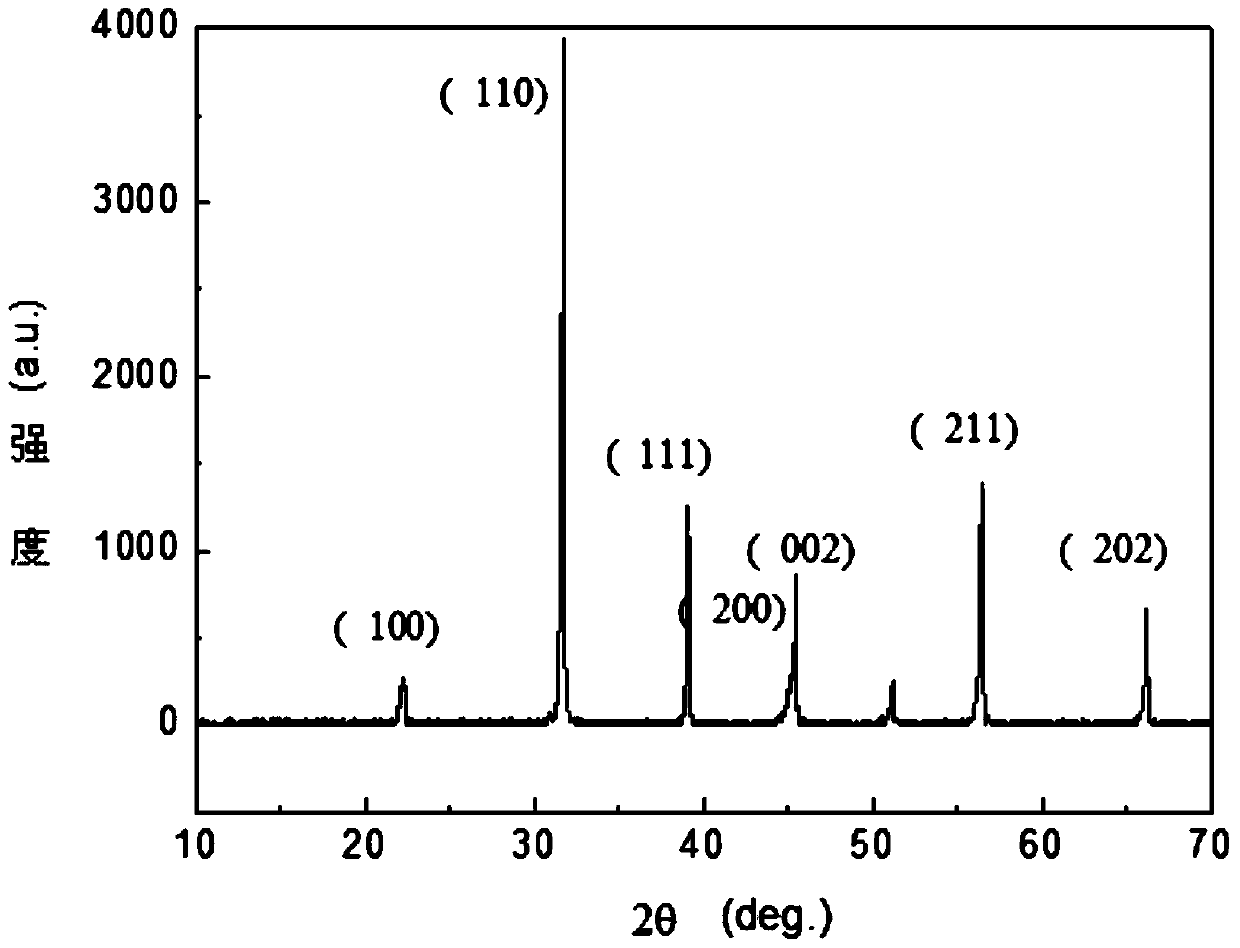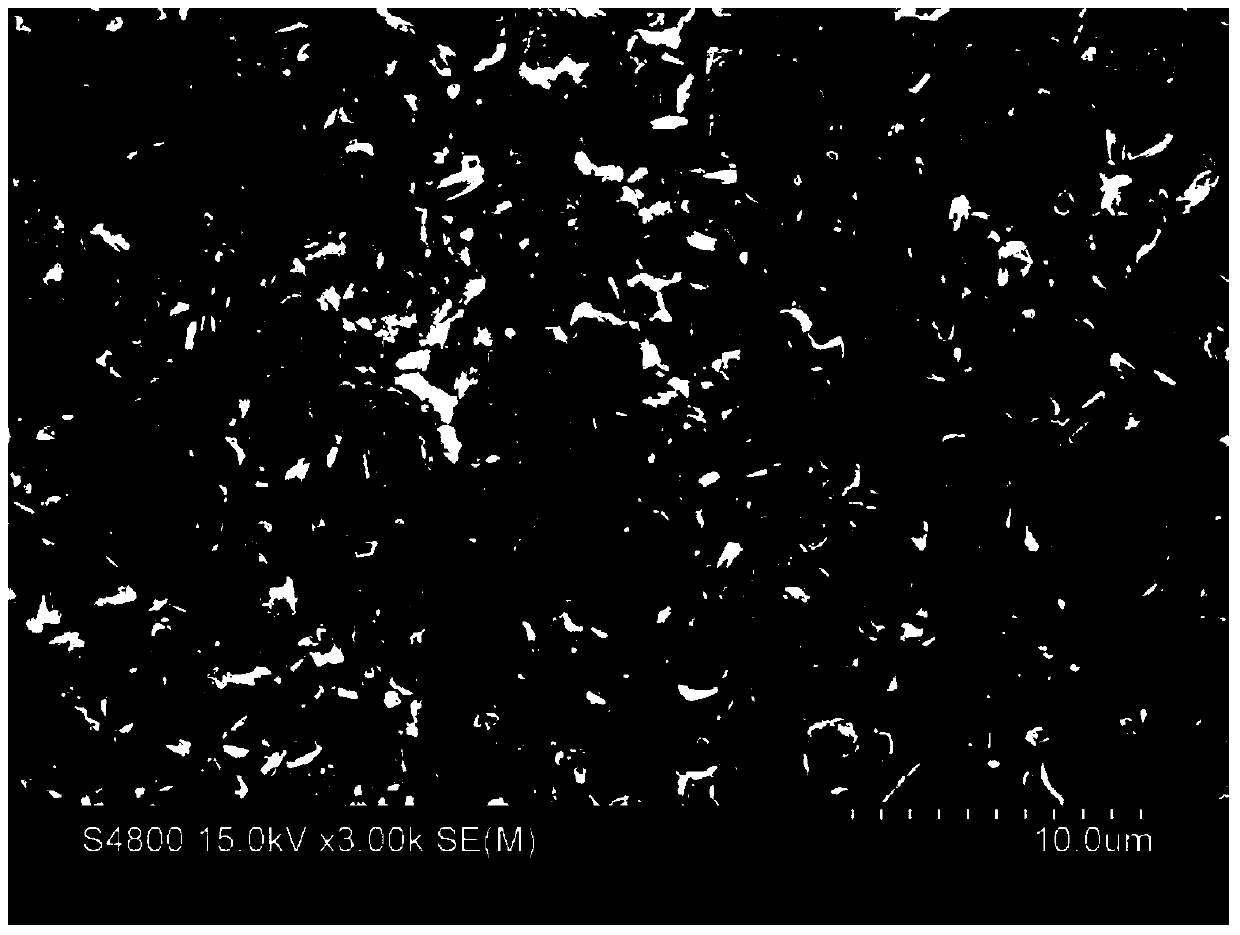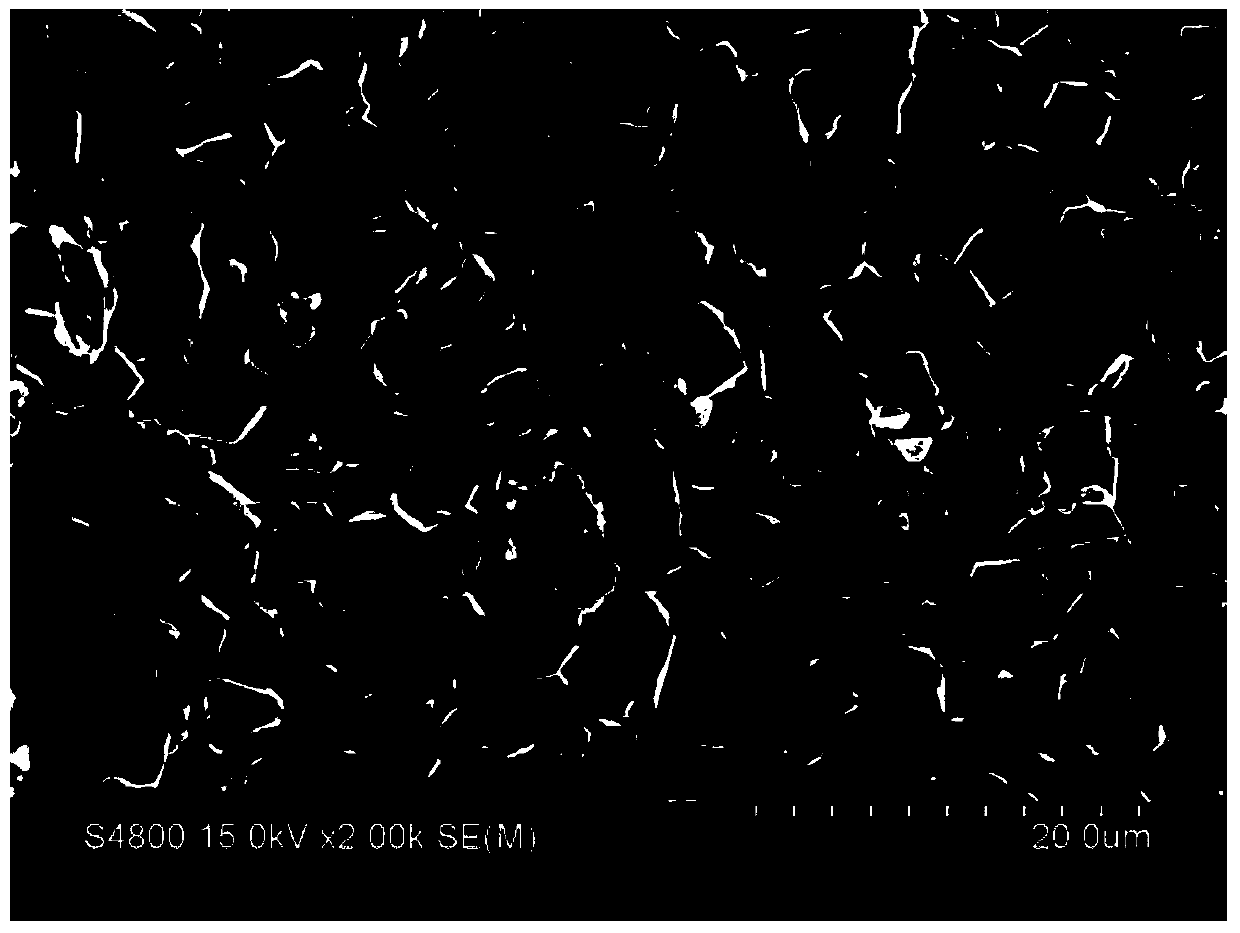A method for characterizing the Curie temperature of barium strontium titanate ceramics based on upconversion luminescence
A technology of barium strontium titanate and Curie temperature, which is applied in the field of preparation of rare earth doped barium strontium titanate ceramics, can solve problems such as strict shape requirements, sample damage, etc., and achieves high test accuracy, good stability, phonon low energy effect
- Summary
- Abstract
- Description
- Claims
- Application Information
AI Technical Summary
Problems solved by technology
Method used
Image
Examples
specific Embodiment approach 1
[0018] Specific Embodiment 1: In this embodiment, the method for characterizing the Curie temperature of strontium barium titanate ceramics based on up-conversion luminescence is implemented in the following steps:
[0019] 1. According to the chemical formula Ba 0.8 Sr 0.2 TiO 3 BaCO 3 , SrCO 3 and TiO 2 The powder is mixed evenly to obtain BST powder, and the rare earth inorganic salt is dissolved in absolute ethanol to obtain a rare earth inorganic salt solution, and then the BST powder and the rare earth inorganic salt solution are added to a ball milling tank for ball milling, and the mixed material after ball milling is passed through After drying, heat preservation at a temperature of 1100-1300°C for 4-6 hours to obtain rare earth-doped BST powder;
[0020] 2. Grind the rare earth-doped BST powder obtained in step 1, sieve, add a binder to granulate twice, then place it in a mold, and dry press the granulated powder at room temperature and under a pressure of 10MPa...
specific Embodiment approach 2
[0028] Specific embodiment two: the difference between this embodiment and specific embodiment one is that the rare earth inorganic salt described in step one is Er(NO3 ) 3 ·6H 2 O, Yb(NO 3 ) 3 ·6H 2 O or Tm(NO 3 ) 3 ·6H 2 One or a mixture of O. Other steps and parameters are the same as those in Embodiment 1.
[0029] This embodiment Er 3+ The doping concentration of ions is 0.5% ~ 7% mol, Yb 3+ The doping concentration of ions is 2% ~ 15% mol, Tm 3+ The doping concentration of ions is 0.2%-0.8% mol.
specific Embodiment approach 3
[0030] Embodiment 3: The difference between this embodiment and Embodiment 1 or 2 is that in step 1, BST powder and rare earth inorganic salt solution are added to a ball mill tank and ball milled at a speed of 300-400 r / min for 5-7 hours. Other steps and parameters are the same as those in Embodiment 1 or Embodiment 2.
PUM
| Property | Measurement | Unit |
|---|---|---|
| phase transition temperature | aaaaa | aaaaa |
| thickness | aaaaa | aaaaa |
| surface area | aaaaa | aaaaa |
Abstract
Description
Claims
Application Information
 Login to View More
Login to View More - R&D
- Intellectual Property
- Life Sciences
- Materials
- Tech Scout
- Unparalleled Data Quality
- Higher Quality Content
- 60% Fewer Hallucinations
Browse by: Latest US Patents, China's latest patents, Technical Efficacy Thesaurus, Application Domain, Technology Topic, Popular Technical Reports.
© 2025 PatSnap. All rights reserved.Legal|Privacy policy|Modern Slavery Act Transparency Statement|Sitemap|About US| Contact US: help@patsnap.com



